Campfires have been a staple of outdoor activities for centuries, with the smoke and flames providing warmth and a way to cook food. While fire can be fun, it is also dangerous.
There are plenty of ways you can accidentally start a forest fire if care isn’t taken around an open flame. If the worst happens, how do you put out a campfire without water?
How To Put Out A Campfire Without Water?
Campfires have been a staple of outdoor activities for centuries, with the smoke and flames providing warmth and a way to cook food. While fire can be fun, it is also dangerous.
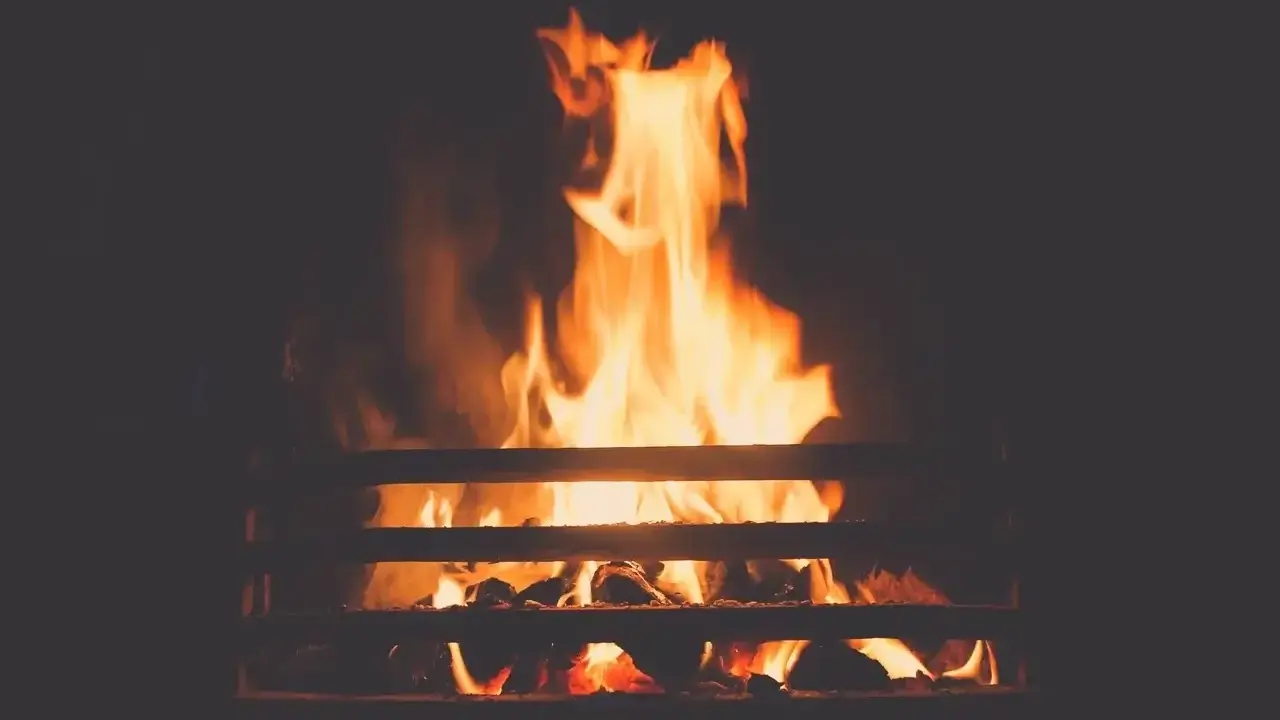
There are plenty of ways to put out a campfire without water. The first thing you should do is get everyone away from the fire so they don’t get burned by flying embers or hot ground ash.
Then, if possible move any nearby flammable materials such as dry grasses and leaves away from the campfire.
Editor Choice: When Do Campgrounds Close for the Season?
The following are 7 simple methods you can use to put out a campfire without water:
- Sand or Dirt
- Bag of Ice or Snow
- Pouring a Liquid
- Whole Rocks
- Cooking Oil
- Deep Hole
- Fire Extinguisher
Sand or Dirt
Use dirt or sand to smother the fire. This is one of the most common ways to extinguish a campfire and it works best if the material you’re using is in abundance. Be careful not to bury the fire or get too close. It can take a while for embers to go out and burning material may be hidden from view.
Bag of Ice or Snow
Fill an empty water bottle, milk carton, soda bottle with snow then place it on top of the fire. The snow will melt and put out the fire in a few minutes, but be careful because it can also make a mess of your backpack or sleeping bag if placed too close to one.
Another way to quickly put out a campfire is by using a bag of ice. Place the bag on top of the fire and it will start to melt, putting out the flames in a few minutes.
Pouring a Liquid
If you have water or another liquid available, pour it over the flames to extinguish them. This is one of the quickest ways to put out a campfire but can be dangerous if done incorrectly. Make sure there are no flammable materials nearby that could ignite from the splashback.
Whole Rocks
Place whole rocks around the edge of the campfire. The rocks will absorb heat and eventually put out the fire. Be careful when doing this, as the rocks become very hot and can cause severe burns.
Cooking Oil
Spray the fire with regular cooking oil, such as canola or olive oil. The smoke from burning regular oils won’t be good for your lungs, but they will put out the fire quickly. This method works best if you have cooking oil with you, but it is also very temporary.
Deep Hole
Another way is a Deep Hole. Dig a hole in the ground and place any flammable material that you have into it. Cover this with dirt or sand then light it on fire.
This method isn’t very practical but will put out a campfire without water if done correctly. Just be careful to not get burned by flying debris when doing so.
Fire Extinguisher
Use a commercial fire extinguisher. If all else fails, this is the best way to put out a campfire without water. Make sure you know how to use it properly and that there’s one handy before trying this option.
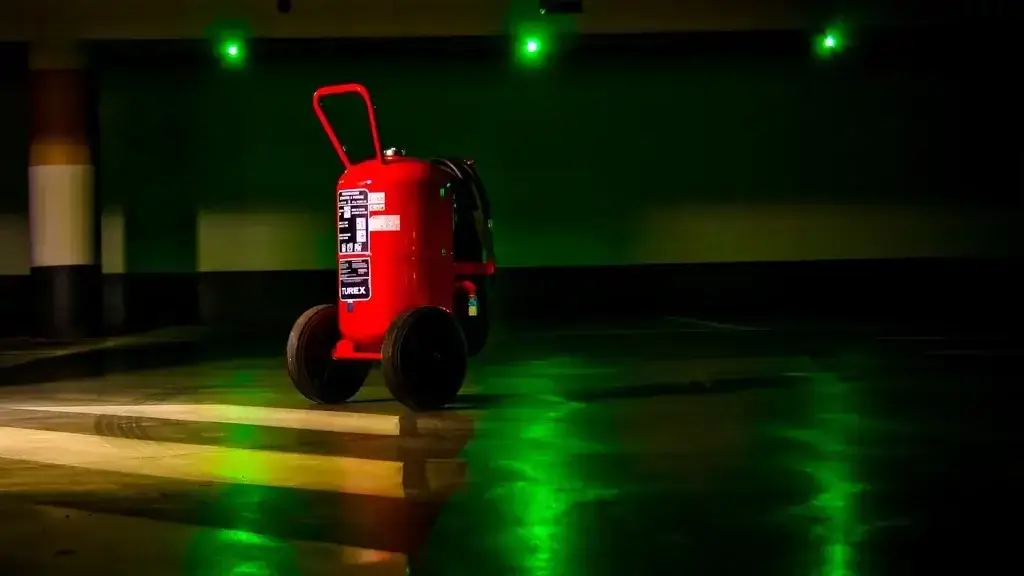
By following these tips, you can be better prepared to put out a campfire without water if the worst happens. It is also important that everyone in your party knows how to safely build and use fire for warmth or cooking purposes.
No one wants their next camping trip ruined by an accident with fire! Stay safe and have fun around the campfire!
Can You Leave a Fire Pit Burning Overnight?
Can you leave a fire pit burning overnight? No! This is incredibly dangerous and can lead to disaster.
You should put out your campfire before going to bed or leaving the campsite, no matter how tired you might be from hiking all day long. Leaving a smoldering fire could turn into a forest fire within minutes if it’s not put out properly.
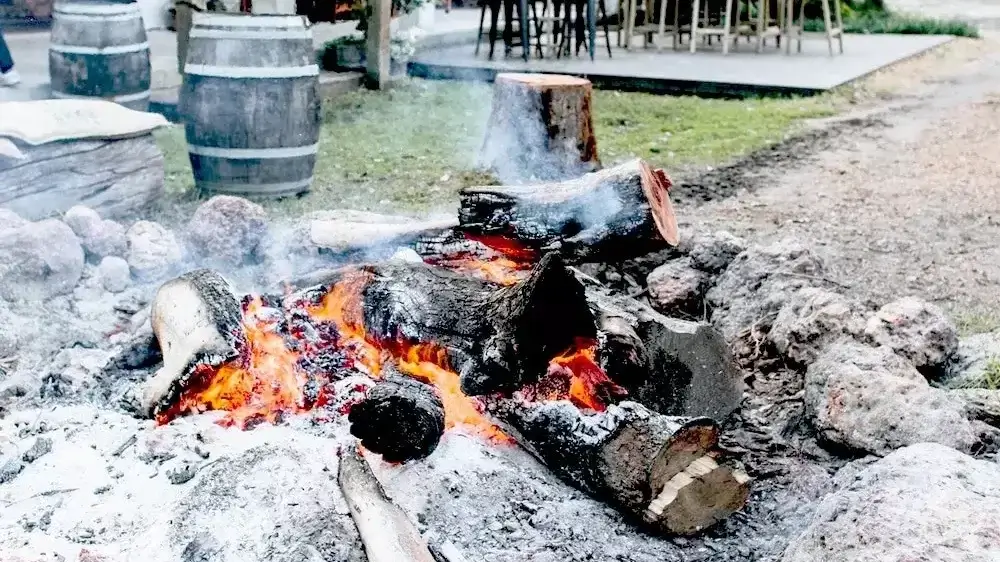
If you’re in a hurry and want to quickly snuff out your fire, just add lots of water, dirt, or sand. Use whatever is available at the campsite so that no valuable natural resources are wasted unnecessarily.
The best way to put out a campfire without water is by using wet soil because it can smother the fire. This can take a little longer, but it’s the most effective way to extinguish the flames without using any additional resources.
Make sure you stir the embers and coals before putting them out so that everything is cool to the touch. Once they’re cold, you can then bury them beneath at least 6 inches of soil.
You should never leave a campfire unattended or be tempted to rekindle it again at any point.
Recommend Tools
Foldable Shovel: This foldable shovel is perfect for camping, backpacking, or survival. It’s lightweight and compact which adds to its portability factor of course!
This tool functions as a hammer, can opener, screwdriver bit set (very useful), wire cutter, and more! Hands down the best multi-functional tool I’ve ever seen!!! Check it out for current pricing!
Fire Extinguisher: A fire extinguisher is always a good idea to keep around, especially if you’re camping or bonfire cooking. It’s important to know how to use one before an emergency situation does arise. You can find great options here on Amazon.
Backpacker Grill: This Backpacker Camp Stove is perfect for camping, hiking, or even backpacking trips. It’s lightweight and compact which of course adds to its portability factor!
It automatically folds up into itself with little effort required on your end. Adjusts from a small pot to accommodate smaller cooking utensils (great for backpacking). Check it out for current pricing!
Dangers: Putting Out A Fire Without The Use Of Water
One of the dangers of putting out a fire without using water is that you may not be able to completely extinguish the fire. This can lead to dangerous flare-ups and an increased risk for injury.
Additionally, if there are still embers burning, they can easily reignite the fire, leading to another potentially dangerous situation. With a fire, you want to err on the side of caution. You should never take any chances when it comes to putting out fires.
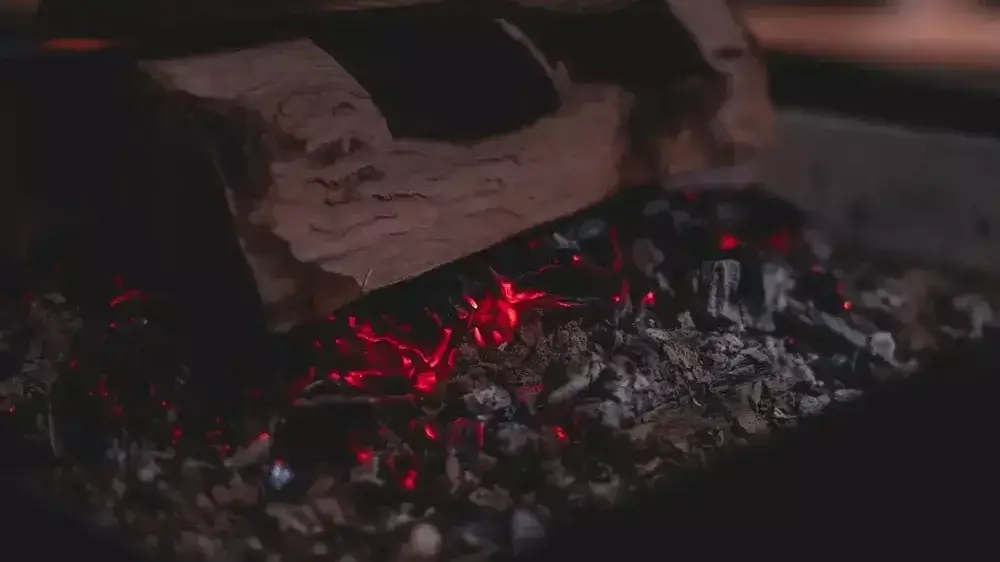
If there is even one ember burning under your sand or dirt, this can lead to reigniting and another potentially dangerous situation for yourself and others around you that may not be aware yet that the fire has been reignited.
There are a few ways to put out a campfire without water. One way is to use dirt. Another way is to use sand. You can also use a fire extinguisher. Or you can use a bucket of water. Finally, you can use a blanket or coat.
1. Use Dirt: If the campfire is small, you can put dirt on top of the fire. This will put out the fire.
2. Use Sand: If the campfire is small, you can put sand on top of the fire. This will put out the fire.
3. Use a Bucket of Water: If the campfire is big, you can use a bucket of water to put it out.
4. Use a Fire Extinguisher: If the campfire is big, you can use a fire extinguisher to put it out.
5. Use a Blanket or Coat: If the campfire is big, you can use a blanket or coat to put it out. This will smother the fire.
Before Putting Out a Fire, Make Sure It’s Safe
If the fire is too big or out of control, it’s best to call 911 and let the professionals take care of it. However, if the fire is small and you feel comfortable putting it out yourself. Do so!
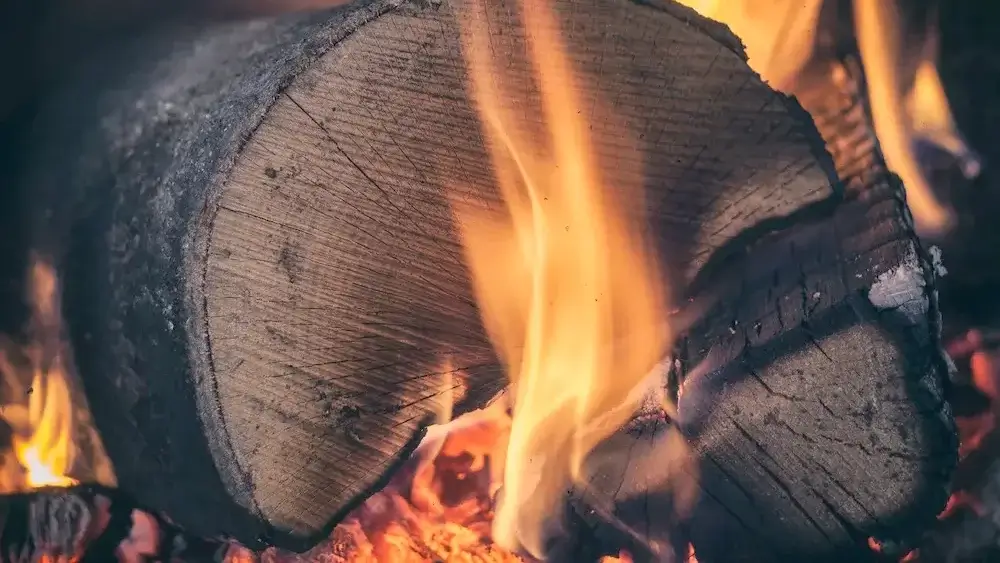
If you’re putting out a campfire, it’s important to give the fire plenty of room. Most people don’t realize that they can smother small fires just by closing off the oxygen supply.
For example, if you have some dirt or sand handy place it on top of your burning embers. This will help to extinguish the fire.
If you’re putting out a fire in an emergency situation, water can be your best friend. Just pour as much as possible over the embers until it’s completely extinguished.
However, keep in mind that if there are any hot coals left burning underneath all of the water could turn into steam and cause an even bigger explosion.
Don’t Add More Fuel to the Fire
Bad idea! Don’t Add More Fuel to the Fire. Adding more fuel to the fire will only make it burn hotter and faster. Instead, if you do this by accident, try throwing dirt on top of the hot embers in order to smother them out.
Cut Off the Fire’s Air Supply
Close all openings to the fire pit, including covering up vents or chimneys with heavy stones. Also, block off any natural airflow by surrounding your campfire with rocks and dirt.
A Powerful Blow Can Overcome the Flames
If you have a shovel or another tool that can create some distance between you and the fire, use it to push the flames back. Just be careful not to get too close!
How Long Will a Campfire Keep Burning?
A campfire can take anywhere from a few hours to a day or more to burn out completely, depending on the size of the fire and how much fuel is used.
If you’re worried that your campfire may not be fully extinguished before you leave, try stirring the ashes and embers with a stick to expose any hidden pockets of heat.
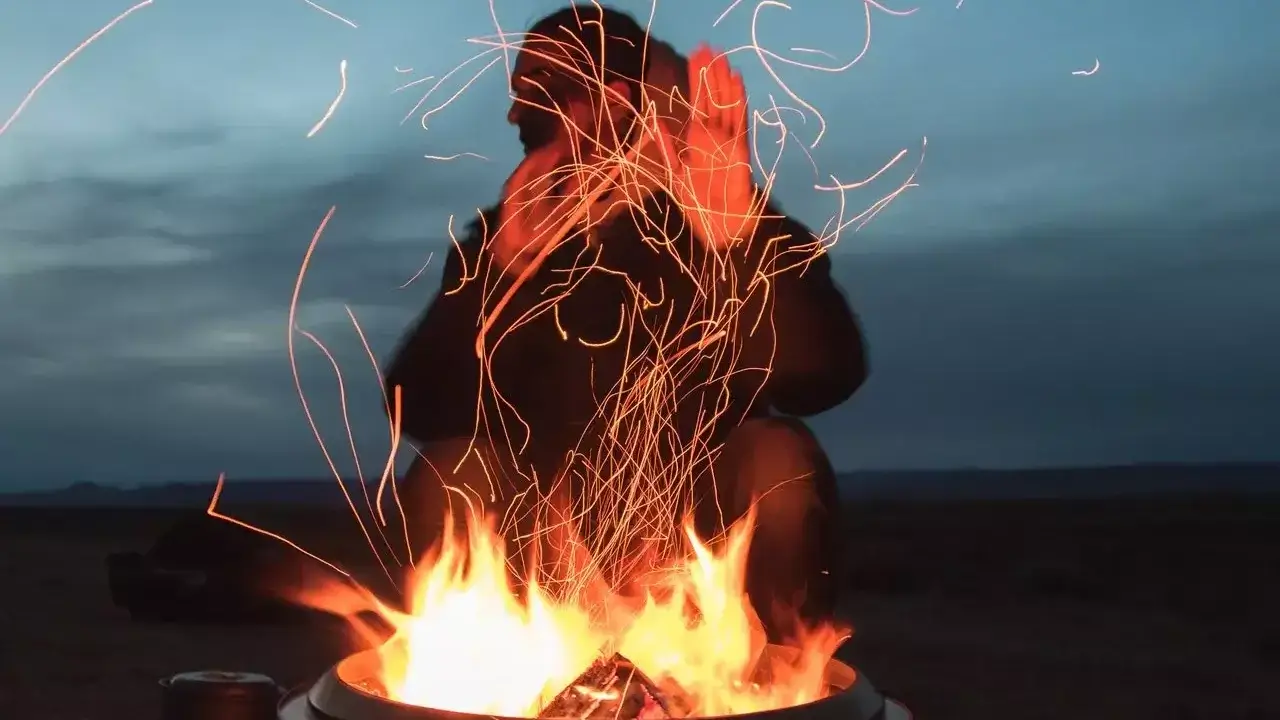
An ember that is still smoldering after a day or two may be the sign of a dying fire, which will not restart easily. Make sure to properly extinguish any campfire before leaving your campsite for good.
In case you can’t bring yourself to actually touch the ashes and risk getting burned, try dropping water onto them from a safe distance.
If you are unable to find any hidden embers, the fire is probably out for good!
When Is It OK to Leave My Fire Pit?
If you’re in a public place, always ask the park ranger or local law enforcement before leaving your campfire unattended. In some areas, it’s illegal to leave a fire pit burning without supervision.
If you’re in a rural area, it’s usually okay to leave your campfire burning as long as there are no dried leaves or other combustible materials nearby.
However, if you’re in a highly flammable area, it’s always safest to extinguish your campfire before leaving.
Campfires can provide warmth and comfort, but they can also be dangerous if not handled properly. In order to avoid starting a wildfire, make sure you know how to put out a campfire without water.
Does Sand Put Out a Fire?
Sand is probably the most common way to put out a fire and may be used as an alternative if you can’t find water.
Sand will smother the flames by cutting off oxygen: use enough sand so that the fuel source (wood) for the fire is covered completely. You should also try to cover up any remaining burning embers.
How Do You Put Out a Wood Fire?
If you’re looking to put out a wood fire, there are several methods you can use. You can either smother the fire with dirt, cover it with a metal container, or use a fire extinguisher.
Another option is to pour water on the fire. However, this can be dangerous if the flames are too high. You should consider other options first.
For a small fire, you can use a shovel to throw dirt on the flames. Make sure the dirt is moist and not dry as this will just fuel the fire.
You could also extinguish it with baking soda if there’s no water nearby. If that’s not available either, then move on to another method of putting out a wood fire.
If you have a bucket of water nearby, you can throw it onto the wood fire. This will not only put out the flames but also keep your gear dry.
You should be aware that this is an emergency method and shouldn’t be used to extinguish all fires as it could damage some materials or equipment.
What’s the Best Way to Put Out a Fire Pit Quickly?
The best way to put out a fire pit is by using sand. Sand works because it absorbs the heat from the flames and smothers them at the same time, cutting off all oxygen supply.
Any type of sand will work, but the finer-grained it is, the better. You can also use dirt or mulch in case you don’t have access to the sand.
Make sure that you cover all embers and coals with enough material so they no longer emit smoke; otherwise, they might spark up again once some oxygen reaches them.
When you’re done, completely disperse the sand or mulch to prevent any further smoking. Old ashes should be stored in a metal container in a safe place away from any combustible materials that could start another fire.
Conclusion
If you can’t put out a campfire with water, there are other options. When the fire is small, use dirt or sand to cover it and smother it.
If the fire is large, wet your clothes and wrap them around yourself like an emergency blanket; this will help keep you from catching on fire as well as suffocate any flames that come near you.
You might also try using a rake if available-this should be done only when the blaze has died down enough for someone without extensive training in dealing with fires to approach safely.